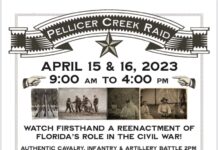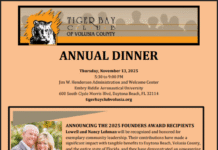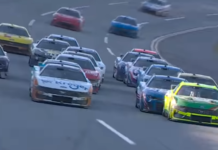A few things you can do as a parent or role model of a teen is:
-
Drive the way you want your teen to drive: when you are behind the wheel, don’t do anything you wouldn’t want your teen to do. If they catch you doing something wrong – admit to your mistakes. It shows your teen driver that it is never too late to start driving safely and serves as a good learning moment
-
Limit your teen to zero or one passenger for at least the first six months that they have a license
-
Don’t allow activities that take your teen’s attention away from driving, such as talking on a cell phone, texting, eating, or playing with the radio
-
Create a Parent-Teen Driving Agreement that puts your rules in writing to clearly set expectations and limits; here is one example to get you started: P-T Agreement
For more information and helpful resources on teen driving check out the teen section of the Center for Disease Control’s (CDC) website.
|










































